Bodyweight vs free weights: which is better for muscle building?
Bodyweight vs free weights: which is better for muscle building? We spoke to a personal trainer to find out
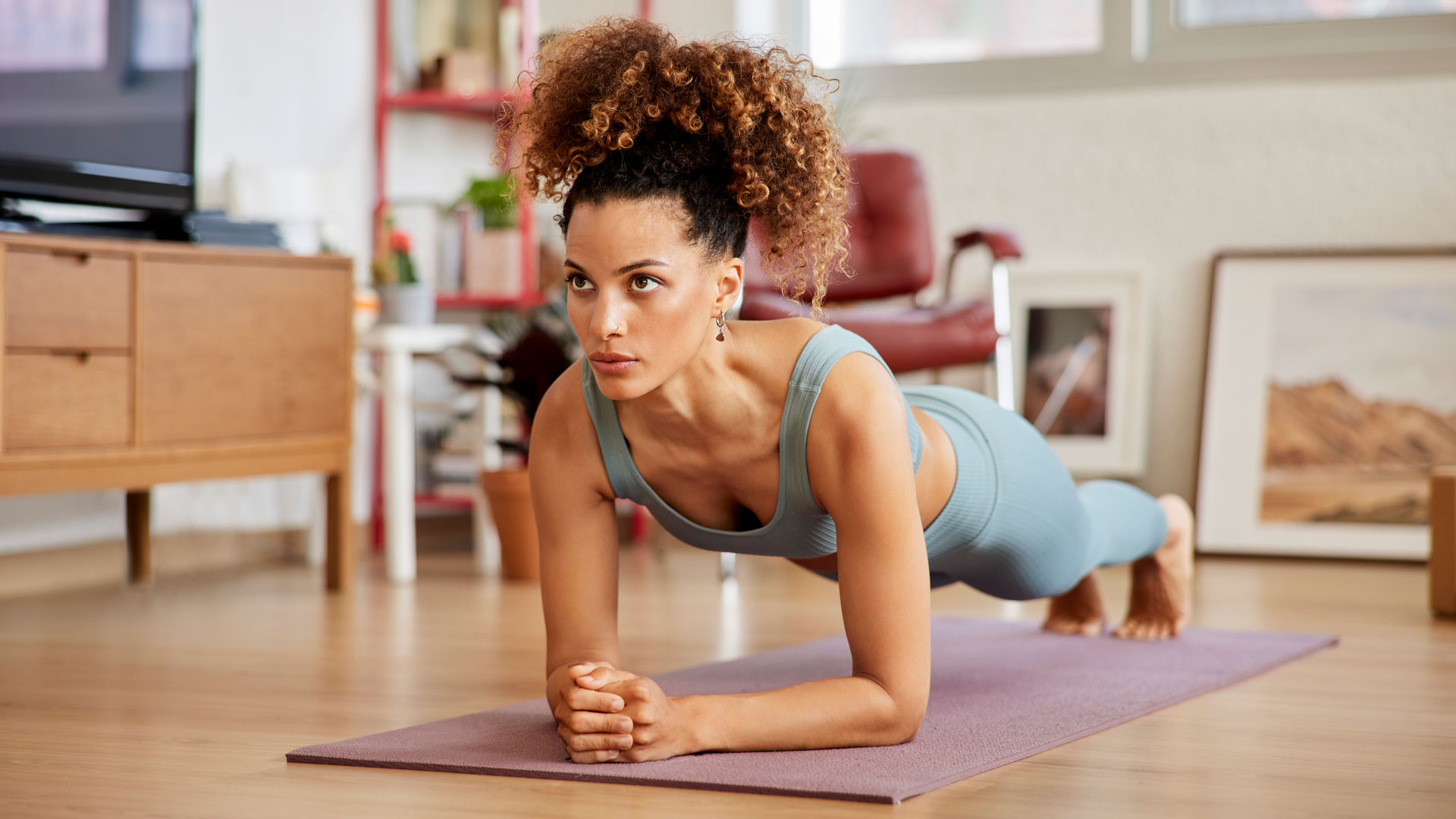
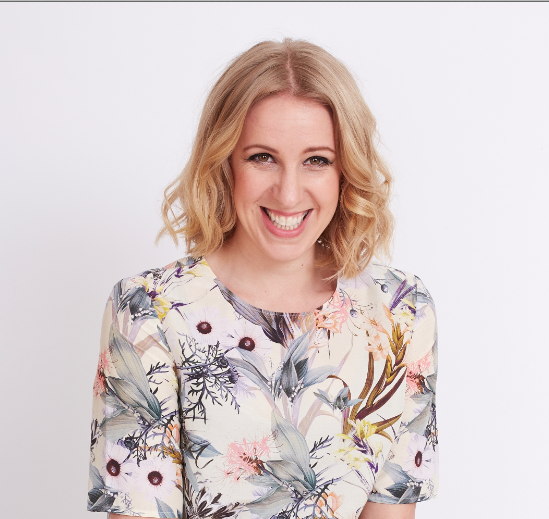
Bodyweight vs free weights: which is a better workout for building muscle and is there a difference? Both are classed as strength or resistance training and offer an effective way to increase muscle size and tone.
Plus, there is a range of ways you can do these kinds of training. Free weights such as the best adjustable dumbbells can help you build muscle but so can bodyweight exercises as well as using some of the best resistance bands.
“Weight training works by putting stress on the muscles, causing them to adapt and grow bigger and stronger,” says personal trainer and Studiobelle gym owner Angie Bell.
“Bodyweight exercise is one that uses your body’s weight as the resistance, and it’s great for when you’re on vacation and don’t have any equipment, or when you’re short on space. Free weights on the other hand are free of attachment, so that means weights you can pick up and move around, like dumbbells, kettlebells, and barbells.”
This kind of exercise is also excellent for bone health. A Harvard Medical School study found that weight-bearing exercise could push bone-forming cells into action, leading to stronger, denser bones. This is particularly important for women and anyone menopausal, as they are more at risk of developing osteoporosis (bone weakness), a study in Frontiers in Physiology found.
In this article we talk to Bell to find out more about bodyweight vs free weights, and which is better for muscle building.
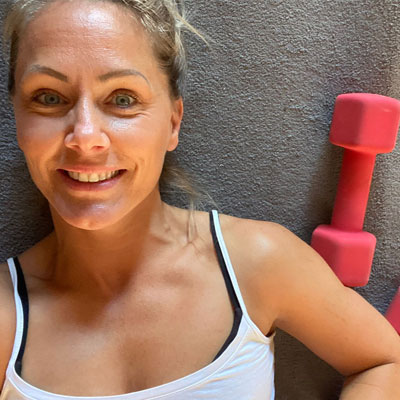
Angie Bell is an experienced personal trainer and owner of StudioBelle in Warminster in the UK. She is the founder of Ready Shred Glow, an online platform providing live workouts, nutritional advice, and a motivating community for time-poor women who want to get fit and healthy.
Bodyweight vs free weights: Burning calories
“A 60-minute bodyweight session may burn a few hundred calories but you can torch more kcals with a higher intensity workout and heavier weights,” explains Bell.
Get the Fit&Well Newsletter
Start your week with achievable workout ideas, health tips and wellbeing advice in your inbox.
“And the more lean muscle you have, the more your calorie output increases. Plus, weight training can increase fat loss long after you finish your workout as it gives the metabolism a boost that can last for hours.
“Therefore the best kind of training for maximum calorie burn and strength and conditioning is a combination of both bodyweight and free weights.”
Bodyweight vs free weights: Weight loss
If weight loss is your goal you need to be in a calorie deficit – eating fewer calories than you burn. “Both bodyweight and free weights alongside good nutrition can help with inch loss and speed up the rate at which you lose body fat and total body weight,” says Bell.
“Muscle is metabolically more active than fat, so the more toned you are, the more calories you burn.
“Think of your body as a fire and the muscles are the wood: when you increase your muscle mass, you add more wood to the fire, which causes you to burn fat more efficiently, and consequently lose more weight.”
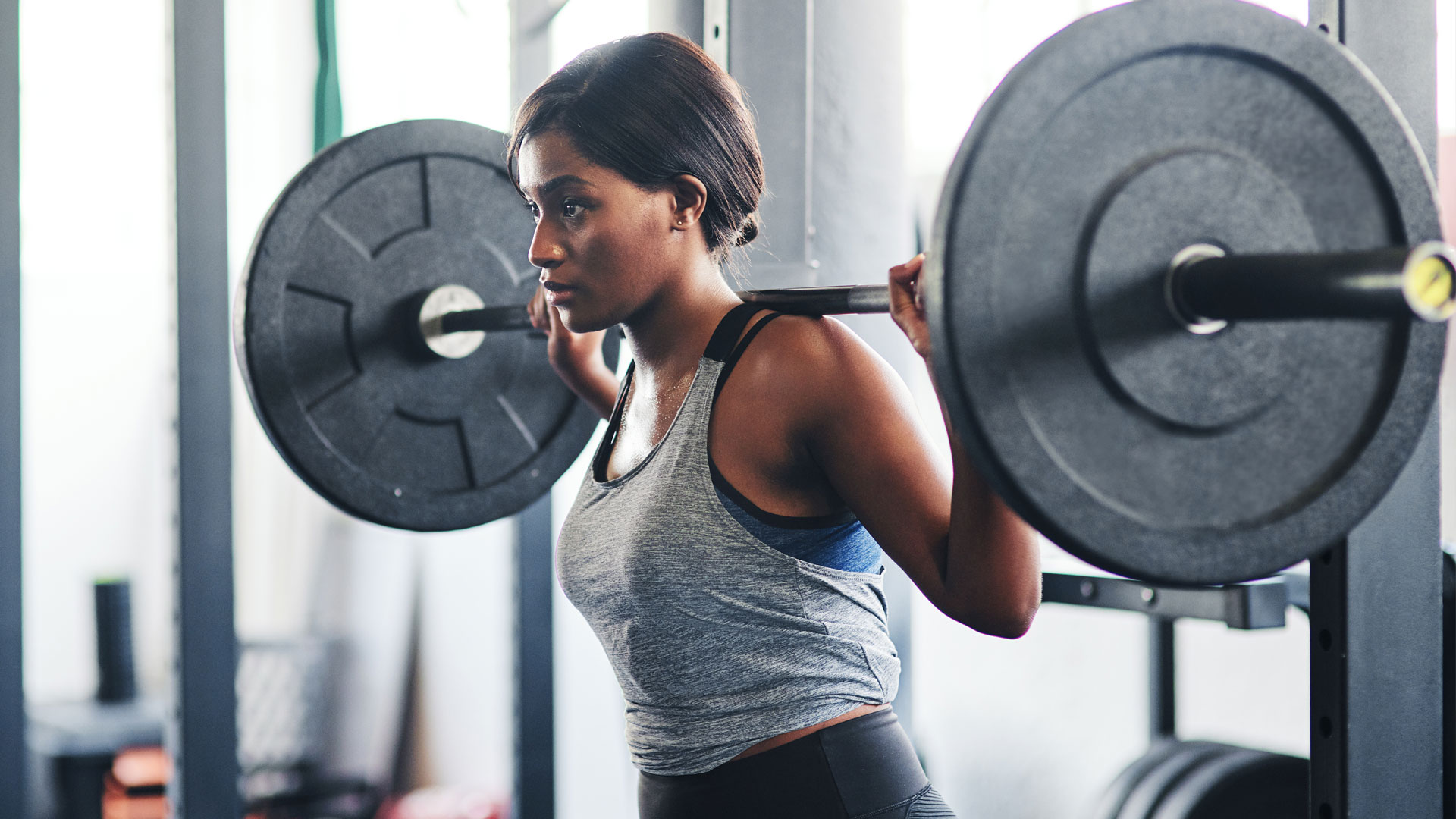
Bodyweight vs free weights: Cost
If you are on a budget, then bodyweight is the cheaper option, as it is totally free! You don’t need to buy any equipment.
“But there’s only so much you can do with bodyweight so eventually you’ll need to add weights into your sessions to see a progression,” says Bell.
A basic set of dumbbells will set you back around $20, with a home gym with barbells and weights costing more like $1,000+.
Bodyweight vs free weights: Benefits
“Any type of exercise is beneficial, both physically in terms of increasing cardiovascular fitness – heart and lung health – and bone strength, but also for mental health,” Bell tells Fit&Well.
“Whenever you exercise, the body releases feel-good endorphins that lift our mood. You will also see your energy levels rise after a workout.”
Bodyweight benefits
- Beginner-friendly: “Perfect for all fitness levels and abilities, it’s a good choice for people new or returning to exercise after a break.”
- Affordable: “This kind of strength training is free, you don’t need to join a gym and you can do it anywhere,” says Bell.
- Functional movement: “It trains the body for the activities performed in daily life, like carrying a heavy grocery bag or your child’s car seat, so it is good for building strength, balance, and stability.”
- Flexibility: “Bodyweight exercises can increase flexibility and improve posture, as they support the natural alignment of your joints and muscles.
- Less risk of injury: “Because there is no equipment to use incorrectly or with bad form, you are less likely to cause joint injuries compared with weight training.”
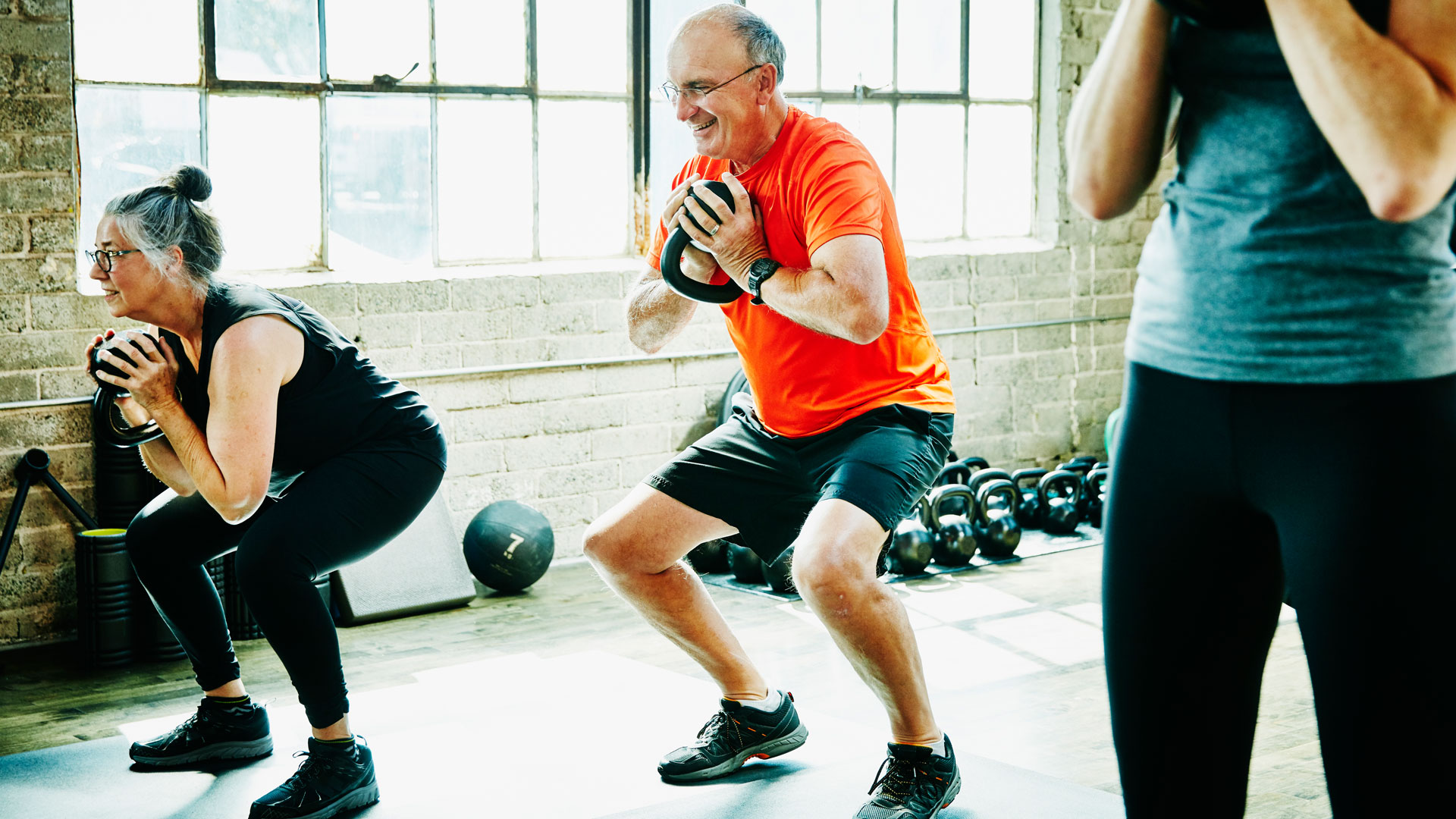
Free weights benefits
- Better range of motion: “Similar to bodyweight, free weights are a type of functional fitness that involves multi-joint movements like lifting and pushing, which supports activities of daily living (ADLs) and range of motion (how far you can move/stretch a body part).
- Hypertrophy (increase in muscle size): “As you get stronger you need to gradually increase the weights you lift to challenge the muscles, a fitness principle called Progressive Overload. This boosts muscle growth – or hypertrophy – particularly as you lift heavier weights,” says Bell.
- Versatile: “You can use them in a variety of settings and ways.”
- Builds balance and coordination: “Free weights force you to use the muscles in a way that stabilizes movement, encouraging balance and coordination over time.”
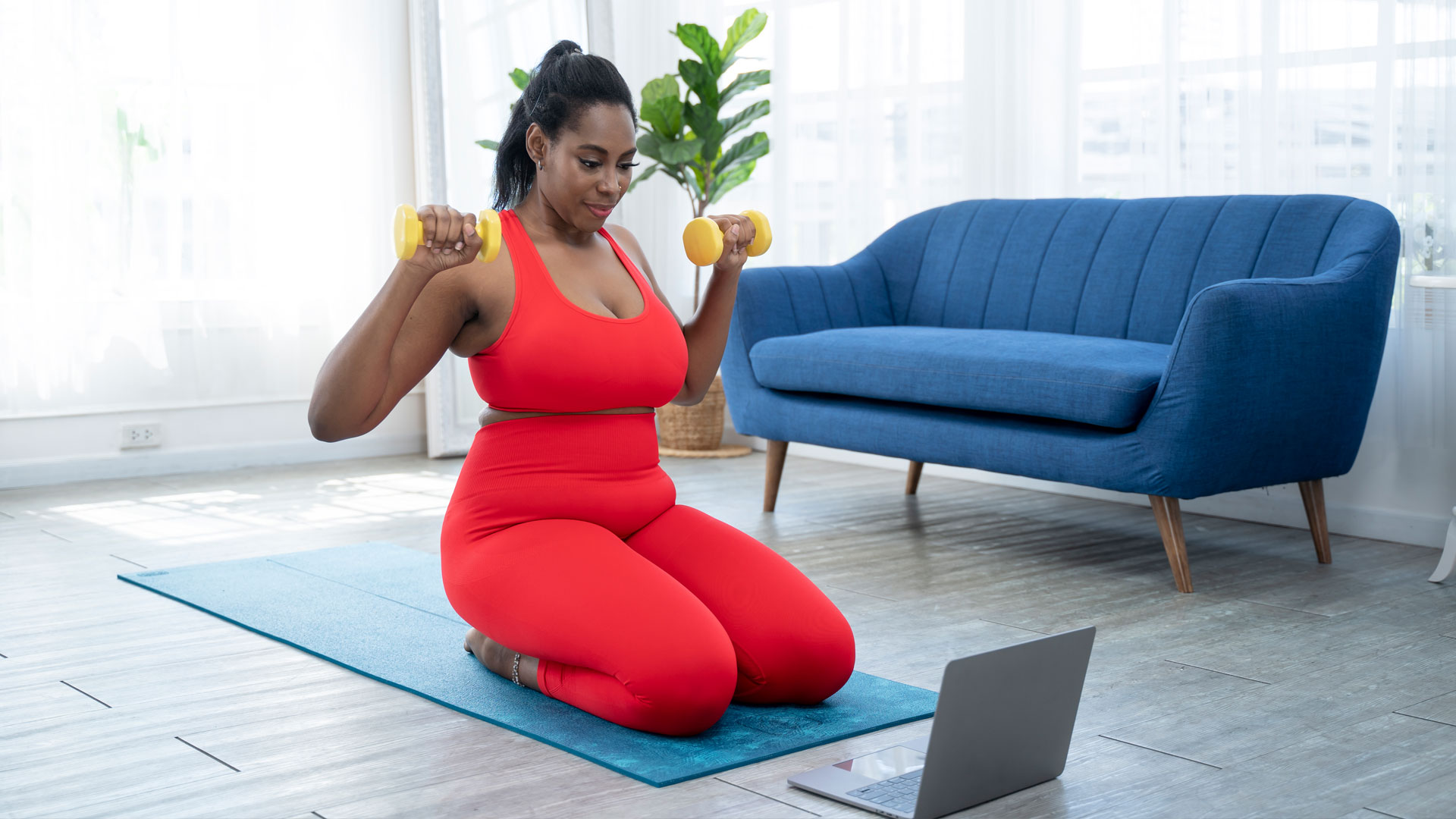
Bodyweight vs free weights: Verdict
Bodyweight is an affordable type of strength training that is particularly good for beginners and anyone returning to exercise after injury, a break, or having a baby.
Free weights are versatile, allow for more variations in your range of motion and you can work lots of different muscle groups.
Bell says: “If I had to pick between the two, I’d say free weights as you can see more progression over time. I have been training for years so bodyweight alone wouldn't challenge me, but in my training, I absolutely see the benefits of both and still do a combination of the two.”
Maddy Biddulph is a freelance journalist specializing in fitness, health and wellbeing content. With 26 years in consumer media, she has worked as a writer and editor for some of the bestselling newspapers, magazines and websites in the US and UK.
She is also a qualified L3 personal trainer and weight loss advisor, and helps women over 40 navigate menopause by improving their physical and mental strength. At Maddy Biddulph Personal Training, she runs one-to-one and small group training for menopausal women who want to get fit to ease symptoms and feel like themselves again.
-
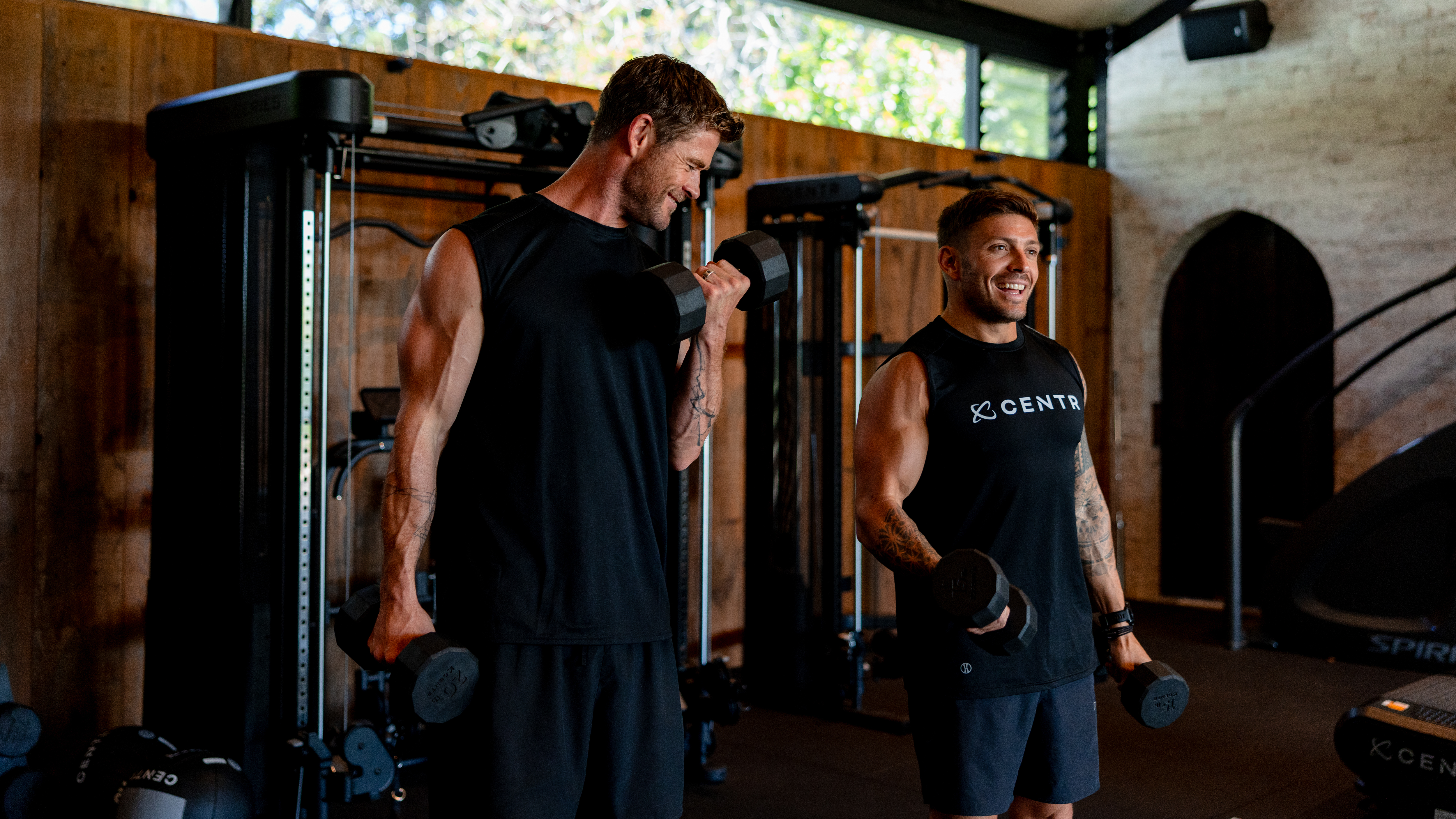 Build blockbuster arms and abs with Chris Hemsworth's go-to dumbbell circuit
Build blockbuster arms and abs with Chris Hemsworth's go-to dumbbell circuitAll you need are adjustable dumbbells and 20 minutes
By Sam Rider Published
-
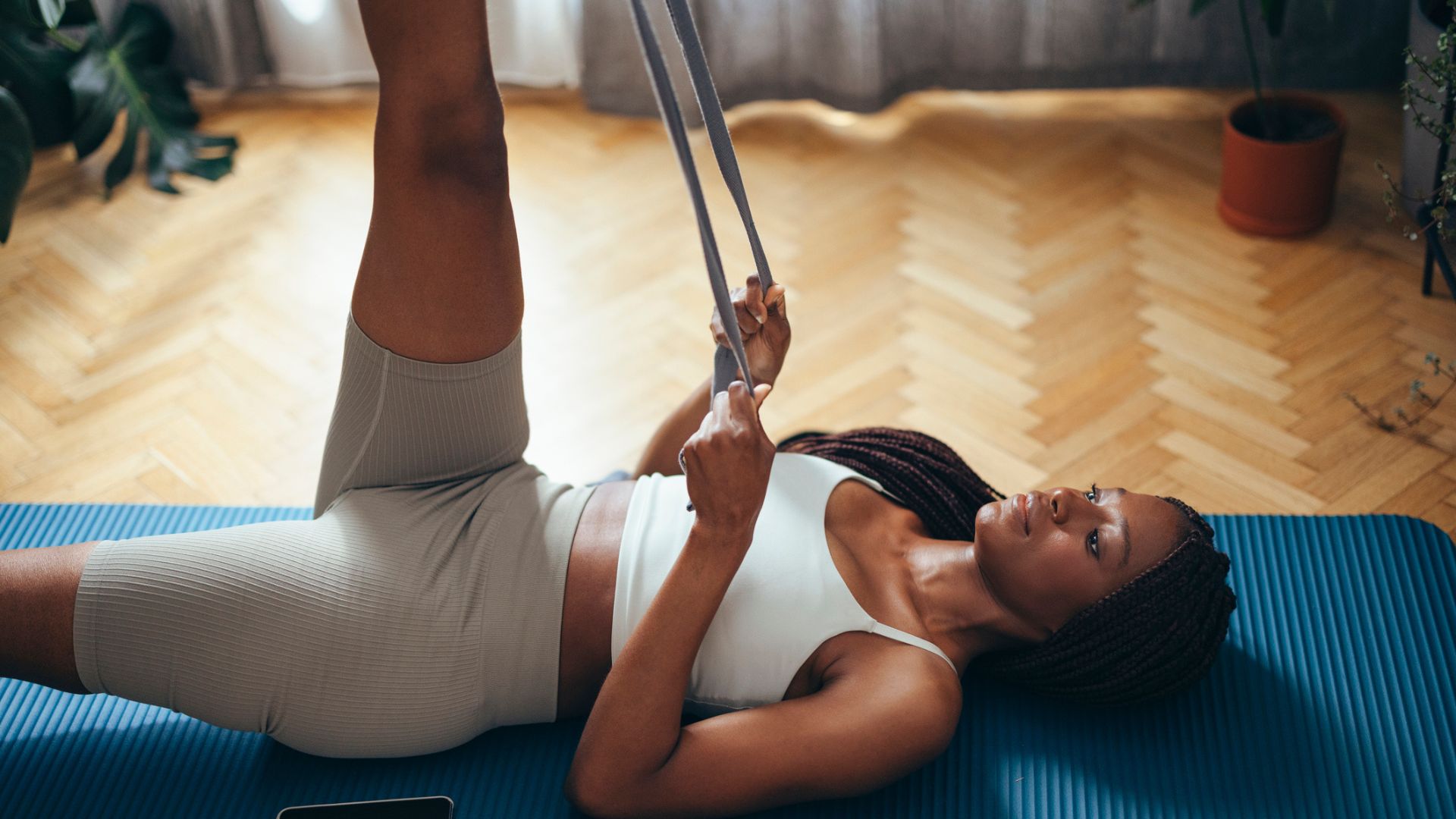 Forget crunches—if I wanted to improve core strength I'd do this neck-friendly Pilates workout
Forget crunches—if I wanted to improve core strength I'd do this neck-friendly Pilates workoutAnd it takes just five minutes
By Maddy Biddulph Published